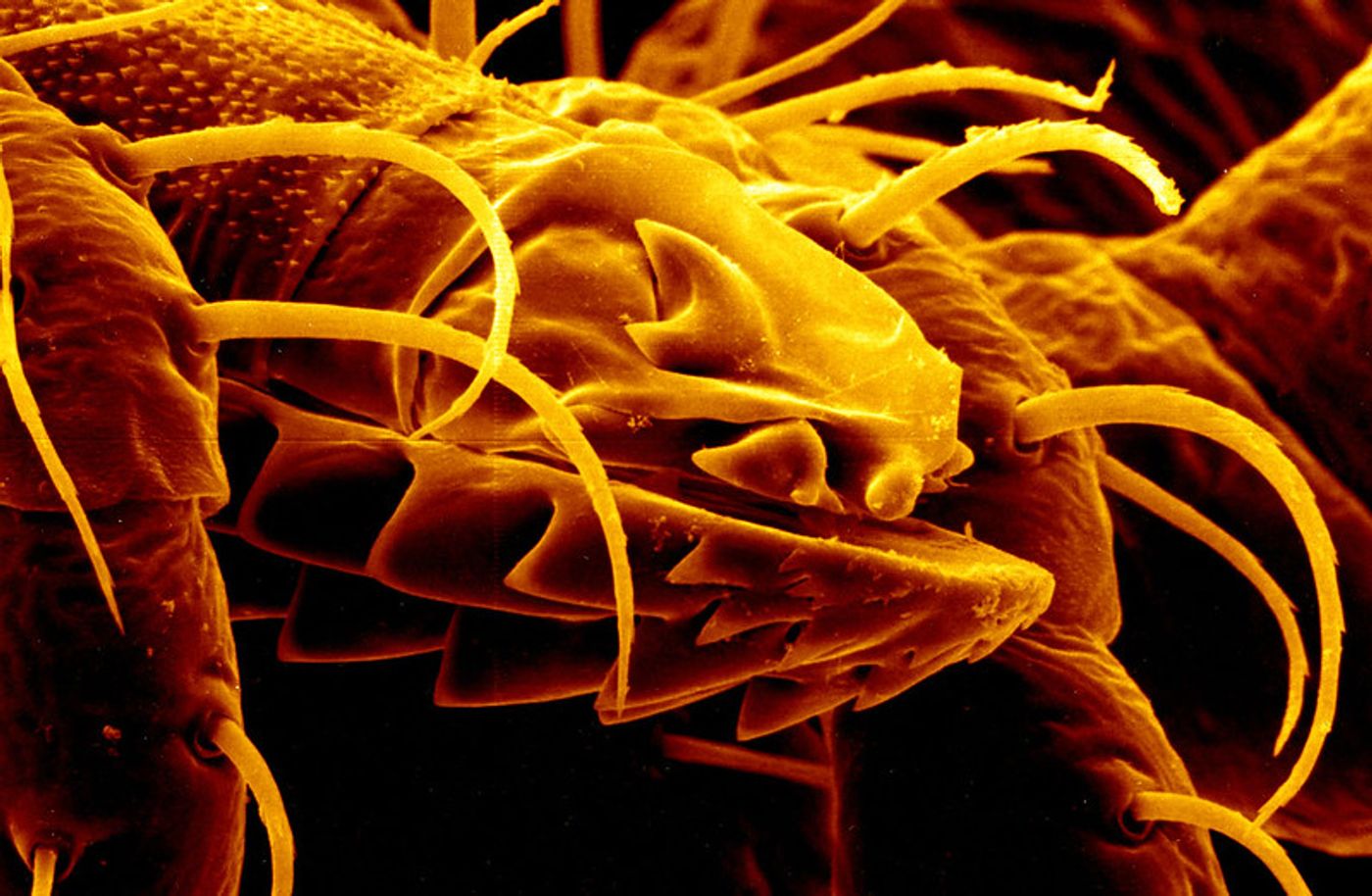A Better Way to ID Powassan Virus, an Emerging Tick-Borne Disease
The incidence of tick borne diseases like Lyme disease and Powassan virus have been on the rise in recent years. Though Powassan is still rare, there were almost 300 confirmed cases in the United States in 2022, while only a single case occurred from 2004 to 2006. When people are bitten by an infected tick, the disease can cause headache, fever, and vomiting, and may progress to cause infections of the brain or spinal cord. There are long-term health problems in about half of those affected, which can include memory problems and loss of muscle mass and strength. One in ten people with Powassan virus die from the infection. Learn more about preventing tick bites here.
Scientists have now developed a better way to detect the disease, and this method reduces the rate of false positive results. The work has been reported in the journal Viruses.
"Powassan has been a growing concern in New England for the past several years and false positives can confound efforts to surveil," noted vector-borne disease expert Stephen Rich, professor of microbiology at University of Massachusetts Amherst and principal investigator and executive director of New England Regional Center of Vector-borne Diseases (NEWVEC). "The development of sensitive detection methods for diagnostics and surveillance is critical."
The researchers created a PCR-based test that can detect the Powassan virus and Powassan virus lineage II (deer tick virus) in deer ticks (Ixodes scapularis), and it can measure the level of virus if they are identified.
The team assessed ticks in Massachusetts regions on the coast or offshore, and focused on areas where tick-borne diseases are known to occur. The novel test was used, along with current, commercially available tests.
This work showed that the new test is can identify the virus just as well as the current version, and has the added bonus of significantly reducing the number of false negatives. These can occur when samples are poor quality, and don't contain enough material for detection.
While this test relies on PCR to detect the virus, it is a triplex method, which will amplify tick DNA whether the virus is present or not, and serve as a kind of quality control. "If we don't detect the tick DNA, then we have no hope of being able to detect the virus RNA," explained Rich. So in the previous method, a negative result may have meant there was not a viral infection, or it also could have indicated that the sample was just not that good in the first place. Now, a negative result is a more reliable indicator that no virus is present.
The work also showed that there was Powassan virus in the area. "We found pockets of high incidence of this virus," said Rich.
With this new approach, just over 4 percent of ticks tested positive for Powassan virus and lineage II deer tick virus., while 4 percent failed the quality control test and the remaining ticks tested negative. There was also one site where ten percent of ticks tested positive - near Truro, on Cape Cod, Massachusetts.
The investigators are hoping that this test will be able to reveal the areas where people are most at risk for the disease.
Sources: University of Massachusetts Amherst, Viruses









